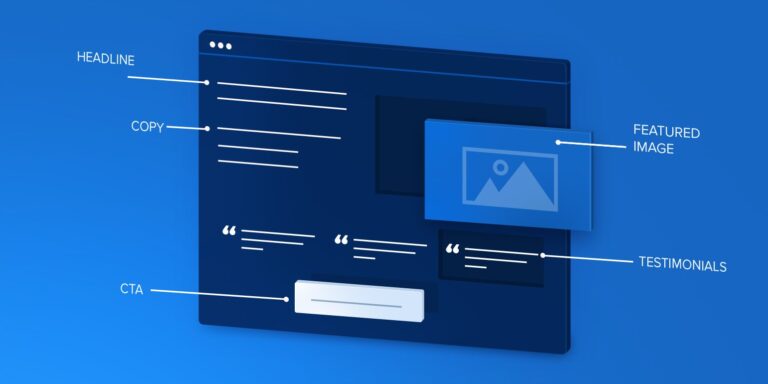Table of Contents
Good law firm website design is essential for any business looking to reach its target audience, engage potential clients or customers, and build trust. A successful website should have five key elements: an attractive layout, comprehensive information about the services offered, clear contact details and directions, user-friendly navigation tools, and a professional look that reflects the firm’s values. These elements are critical in creating an effective web presence for any law firm.
An attractive layout allows visitors to quickly gain insight into what the company offers while also providing a pleasant experience navigating through pages of content. Comprehensive information about services allows users to easily understand what the company has to offer so they can make informed decisions regarding legal advice or representation. Clear contact details and directions ensure potential clients know how best to reach out with inquiries or requests for consultation. User-friendly navigation tools help visitors find exactly what they need without having to search too much — this helps them feel more confident in their decision-making process as well as helps them save time.
User Experience
When it comes to user experience, law firm website design should focus on creating a comfortable and engaging environment for visitors. It should be easy to navigate and understand, with clearly defined pathways from point A to point B. Additionally, the content should be optimized for search engines so that potential clients can quickly find what they are looking for.Lastly, all elements of design – from layout to font size – must work together in harmony to create an enjoyable and memorable experience that keeps users coming back time after time. By keeping these five key elements in mind when designing a website for a law firm, you can ensure your clients have the best possible experience interacting with your business online.
Brand Identity

When creating a successful law firm website, brand identity is an essential component to consider. Your website should accurately reflect your business values and mission statement as well as its culture. A cohesive design can help unify the look and feel of your overall web presence across multiple platforms such as desktop, mobile, and tablet devices. When crafting your site’s visual identity, it’s essential to take into account both the overall aesthetics of the page — logos, colors, typography — but also how these elements are used together to create a uniform experience for visitors.
Consider using consistent typefaces throughout different areas of content or even incorporating subtle animations when transitioning between pages to keep users engaged while they browse through information regarding services or legal advice you offer. Making sure that visitors recognize your branding on every page will ensure that they remember who you are long after their initial visit—and maybe even come back for more!
SEO Optimization
SEO optimization is an essential part of any successful law firm website design. To ensure that your site ranks high in the search engine results, you must pay attention to SEO best practices such as optimizing page titles and meta descriptions for relevant keywords, using header tags properly, creating keyword-rich content, providing quality backlinks from reputable sites, and utilizing social media marketing to drive more traffic to your website.
Additionally, it is important to regularly review analytics data so that you can make informed decisions regarding what content needs improvement or adjustment to improve organic rankings. By following these core principles of SEO optimization regularly, you will be able to ensure that your law firm’s website performs well in search engine results pages and drives more visitors who are interested in legal services.
Responsive Design

When it comes to designing a successful law firm website, responsive design is an essential element. Responsive web design ensures that the website looks great and functions optimally on all devices – from mobile phones to desktops.
It also enables visitors to easily find what they need without having to zoom in or scroll horizontally. By employing the latest technologies, such as HTML5 and CSS3, your site can be optimized for any type of device with fluid layouts that adjust automatically according to screen size. This not only creates a better user experience but also makes sure your content is accessible regardless of how people access it; this improved accessibility can boost SEO ranking as well. Additionally, responsive design allows you to deliver consistent messaging across all platforms – ensuring clients have a seamless experience when interacting with your firm online.
Content Quality
When it comes to creating a successful law firm website design, content quality plays an important role. Quality content should effectively communicate the message of the site and give users information that is both helpful and easy to understand. It should be clear, concise, and relevant to the user’s needs. Content should not just be written in a way that makes sense – its readability should also be taken into consideration. This means using language that everyone can understand without having to use too many complicated words or technical terms.
Additionally, good content will have variety; some longer paragraphs with more complex ideas as well as shorter ones for quick points or summaries. Moreover, quality content is updated regularly so it remains fresh and current; this keeps visitors engaged while engaging new ones as well. Finally, making sure there are no typos or grammar errors goes a long way toward showing professionalism on your website – after all, these first impressions count!


